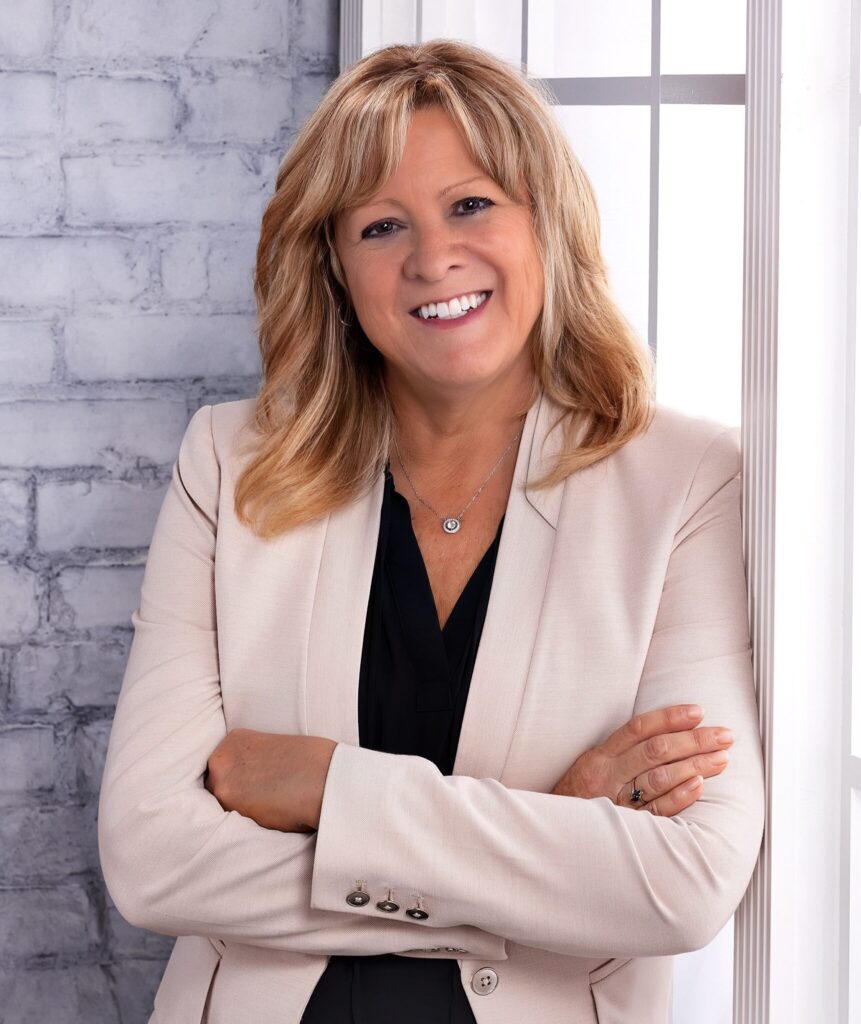 As broadcasters turn to a completely file-based workflow, they might now want to investigate cloud-based storage, collaboration and distribution technologies. London-based Aframe’s product most recently let the Association of Tennis Professionals distribute its ATP World Tour Uncovered show, which included highlights of this past week’s Australian Open, to more than 150 countries.
As broadcasters turn to a completely file-based workflow, they might now want to investigate cloud-based storage, collaboration and distribution technologies. London-based Aframe’s product most recently let the Association of Tennis Professionals distribute its ATP World Tour Uncovered show, which included highlights of this past week’s Australian Open, to more than 150 countries.
Aframe Cloud Solution Teams With Panasonic
The next time broadcasters buy a new camera from Panasonic, the salesman is also going to pitch them on a new cloud-based content management solution called Aframe.
The two companies announced a partnership last week in an effort to keep video content better organized as more industries, including broadcasting, shift to file-based content. “All of this data wrangling poses a lot of difficulties right now,” says Mark Overington, president of Aframe North America. “Aframe organizes all of your content in one interface.”
As part of the partnership, Panasonic will sell Aframe’s cloud-based solution for $1,200, giving customers 1 terabyte of cloud storage. In return, London-based Aframe hopes to expand its business past its current 40 customers in North America, where it’s headquartered in Boston.
“For the past couple of years, Panasonic has been moving from a company that sells cameras to a company that sells solutions,” says Michael Bergeron, Panasonic’s senior business development manager. “What we’ve seen is that bigger studios have in-house systems to handle all of their file-based content, while the smaller guys are stuck with something that looks a lot like a tape work-flow. This is a cost-effective solution for the guys that can’t afford a third-party file-based content management system.”
Panasonic will package the cloud-based service, which is used not only for file management, but also for storage and distribution, with its P2 and AVCCAM cameras.
Aframe doesn’t have any U.S. customers in the broadcasting industry, but Overington says it’s “in discussions and trials with bigger broadcasting organizations and anticipate some broadcast applications by the middle of this summer.” It currently provides services to the BBC in London.
Its U.S. customers include Red Bull Media House (the energy drink’s production company that focuses on extreme sports), which uses Aframe to distribute finished content to its affiliates around the world; and Veria Living, a media company focused on wellness content that films around the globe, but edits all of its content in a central New York office. By using Aframe, Veria Living can shoot anywhere in the world and quickly upload that content to the cloud, allowing editors to process it in New York.
“Aframe costs us one-tenth of the purchase of a typical media asset management system, and lets our project teams easily access and create content from anywhere and everywhere in the world — something typical MAM systems can’t do,” says Unmesh Khadlikar, chief tech at Veria Living. The company has uploaded more than 1,600 hours of content to date.
The cloud-based system most recently helped the Association of Tennis Professionals’ media partner Clean Cut Media share tennis highlights from this past week’s Australian Open as part of its ATP World Tour, presented by Rio show. Instead of overnighting shipments of tapes or hard drives, Clean Cut Media used Aframe’s private cloud network to deliver the content.
As a result, January Lo, production manager for Clean Cut Media, says they accelerated the review and approval process of highlights and promo packages, in addition to dealing efficiently with each broadcaster’s’ unique workflow and broadcast standards.
“The great thing about Aframe is that it creates proxies from hi-res files for clients to view our work immediately before we send out the final version for broadcasters to download the full original format,” Lo says.
For broadcasters, Aframe could be used as an electronic newsgathering tool that lets photographers and reporters upload raw content from the field to the cloud, and have it processed back at the TV station.
“If there’s breaking news, like a fire, you can send the [H.264] proxies into the cloud and downloaded to the studio quickly, and then broadcast the full-resolution video,” Overington says.
The photographers on the scene will need some kind of connection — either Wi-Fi or cellular — to upload that content. Aframe uses user datagram protocol (UDP) technology to upload to the cloud, which maxes out an Internet connection, resulting in faster uploads.
While broadcasters can use a file transfer protocol (FTP) to upload content, there’s always a risk of the connection being interrupted and the video becoming corrupted, or incomplete, says Overington. He added that Aframe’s software and technology is designed to pick up where a download left off if the connection becomes interrupted.
Aframe sells its storage in seats, with each seat giving customers half a terabyte of space. Overington says most customers use six to 10 seats worth of storage.
Panasonic is promoting and selling the package immediately and will share support duties with Aframe.


























Comments (0)